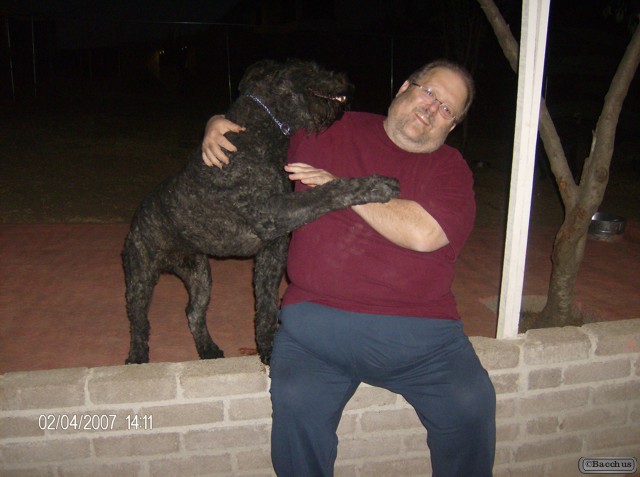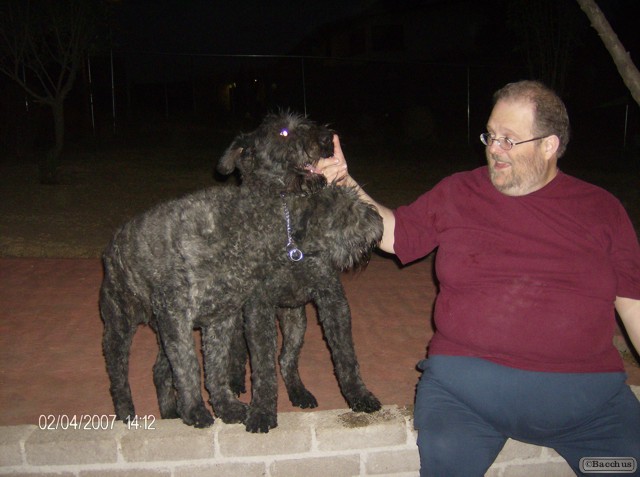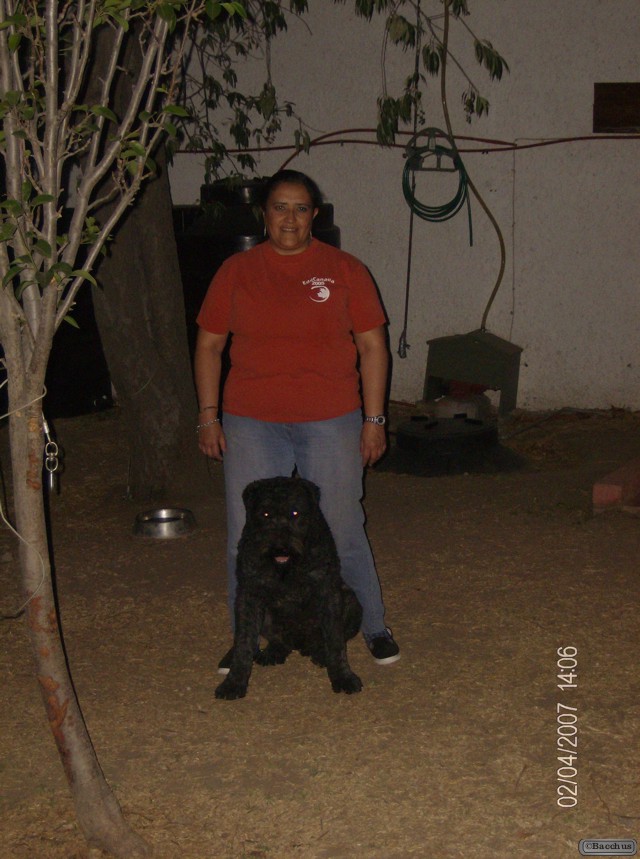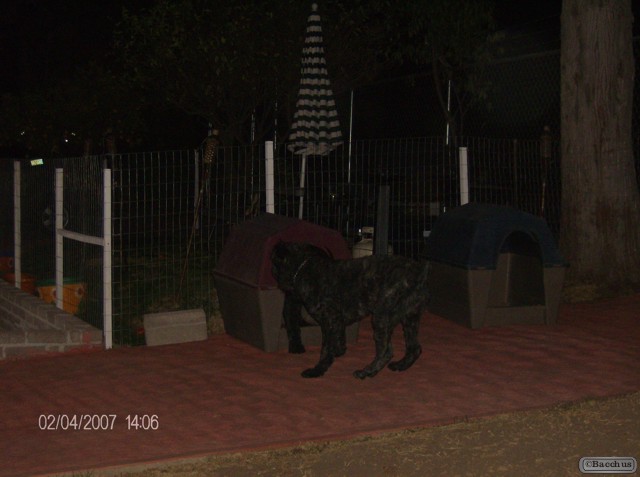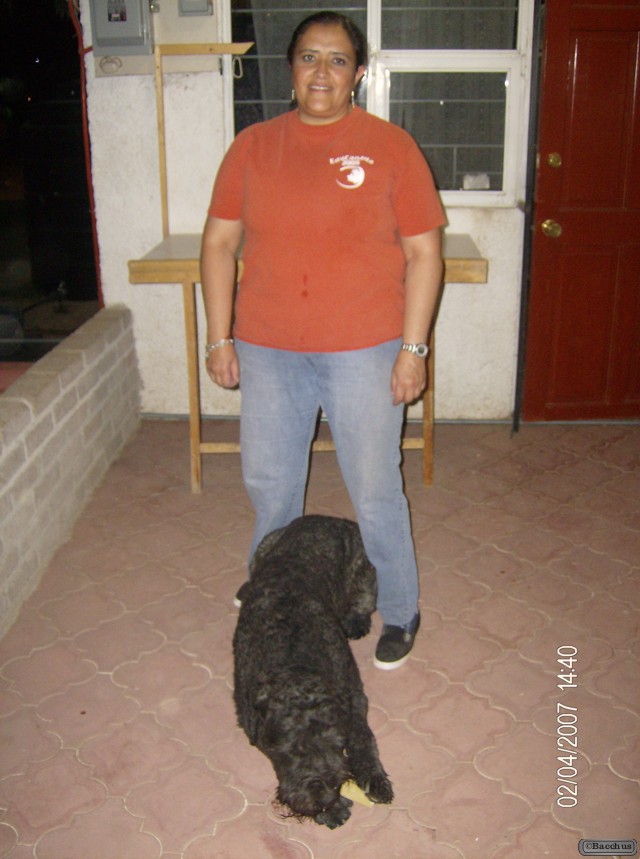Beliefs and Practices
Although there is great diversity among the beliefs and practices found within the New Age movement, according to York it is united by a shared “vision of radical mystical transformation on both the personal and collective levels”. The movement aims to create “a spirituality without borders or confining dogmas” that is inclusive and pluralistic.
Theology, Cosmogony, and Cosmology
Hanegraaff noted that the existence of divinity was “mostly an integral and necessary part of New Age ideas”. However, he added that within the movement, such ideas regarding the nature of divinity “reflect a marked aversion to rigid, doctrinal definitions”, with New Age theology exhibiting an inclusivist and universalistic approach which accepts all personal perspectives on the divine as being equally valid. This intentional vagueness as to the nature of divinity also reflects the New Age idea that divinity cannot be comprehended by the human mind or language. There are nevertheless a number of traits that are repeatedly associated with divinity in New Age literature, the first of which is the idea that it is holistic, thus frequently being described with such terms as an “Ocean of Oneness”, “Infinite Spirit”, “Primal Stream”, “One Essence”, and “Universal Principle”. A second common trait is the characterisation of divinity as “Mind”, “Consciousness”, and “Intelligence”, while a third is the description of divinity as a form of “energy”. A fourth trait is the characterisation of divinity as a “life force”, the essence of which is creativity, while a fifth is the concept that divinity consists of love.
Luc Paquin
CAMS
Developed with funding from the Ontario Ministry of Health and Long-Term Care, via the Ontario Stroke Network, the Communicative Access Measures for Stroke (CAMS) is a set of simple and practical measures, which may be useful in developing heath equity plans, accreditation planning, service quality improvement initiatives and continuing education needs assessments related to stroke care in various healthcare settings. The measures include three questionnaires for evaluating status and satisfaction with communicative access in stroke care:
- CAMS1 Policies and Procedures
- CAMS2 Frontline Practice
- CAMS3 Patient Satisfaction
This tool will be in helpful in developing health equity plans, accreditation planning, service quality improvement, and continuing education needs for stroke survivors in various health care settings.
CAMS will be ready in Winter 2015.
Norma
History
Emergence and Development: c. 1970-2000
Several key events occurred, which raised public awareness of the New Age subculture: publication of Linda Goodman’s best-selling astrology books Sun Signs (1968) and Love Signs (1978); the release of Shirley MacLaine’s book Out on a Limb (1983), later adapted into a television mini-series with the same name (1987); and the “Harmonic Convergence” planetary alignment on August 16 and 17, 1987, organized by José Argüelles in Sedona, Arizona. The Convergence attracted more people to the movement than any other single event. Heelas suggested that the movement was influenced by the “enterprise culture” encouraged by the U.S. and U.K. governments during the 1980s onward, with its emphasis on initiative and self-reliance resonating with any New Age ideas.
The claims of channelers Jane Roberts (Seth Material), Helen Schucman (A Course in Miracles), J. Z. Knight (Ramtha), Neale Donald Walsch (Conversations with God) (note that Walsch denies being a “channeler” and his books make it obvious that he is not one, though the text emerged through a dialogue with a deeper part of himself in a process comparable to automatic writing) contributed to the movement’s growth. The first significant exponent of the New Age movement in the U.S. has been cited as Ram Dass. Core works in the propagating New Age ideas included Jane Roberts’s Seth series, published from 1972 onward, Helen Schucman’s 1975 publication A Course in Miracles, and James Redfield’s 1993 work The Celestine Prophecy.[81] A variety of these books were best sellers, with the Seth book series for instance selling over a million copies. Supplementing these books were videos, audiotapes, compact discs and websites. The development of the internet in particular further popularized New Age ideas and made them more widely accessible.
In Britain during the 1980s, the term “New Age Travellers” came into use, while the term “New Age” came to be used increasingly widely by the popular media in the 1990s.
Luc Paquin
Europe
Spain
Franciscan friars from New Spain introduced Diabolism, belief in the devil, to the indigenous people after their arrival in 1524. Bartolomé de las Casas believed that human sacrifice was not diabolic, in fact far off from it, and was a natural result of religious expression. Mexican Indians gladly took in the belief of Diabolism and still managed to keep their belief in creator-destroyer deities.
The Lost Bearded White Brother
History
Emergence and Development: c. 1970-2000
Not everyone who came to be associated with the New Age phenomenon openly embraced the term “New Age”, although it was popularised in books like David Spangler’s 1977 work Revelation: The Birth of a New Age and Mark Satin’s 1979 book New Age Politics: Healing Self and Society. Other terms that were employed synonymously with “New Age” in this milieu included “Green”, “Holistic”, “Alternative”, and “Spiritual”.
1971 witnessed the foundation of est by Werner H. Erhard, a transformational training course which became a prominent part of the early movement. Melton suggested that the 1970s witnessed the growth of a relationship between the New Age movement and the older New Thought movement, as evidenced by the widespread use of Helen Schucman’s A Course in Miracles (1975), New Age music, and crystal healing in New Thought churches. Some figures in the New Thought movement were sceptical, challenging the compatibility of New Age and New Thought perspectives. During these decades, Findhorn had become a site of pilgrimage for many New Agers, and greatly expanded in size as people joined the community, with workshops and conferences being held there that brought together New Age thinkers from across the world.
Luc Paquin
ALA
Assessment for Living With Aphasia (ALA)
Developed with funding from the Ontario Ministry of Health and Long-Term Care, via the Ontario Stroke Network, this comprehensive assessment package provides tools to better assess the impact of aphasia and identify the factors that affect the quality of life and exacerbate or reduce disability.
Benefits of the Assessment
- Provides quantitative and qualitative data from the perspective of the person living with aphasia
- Uses pictographic approach which allows for participation across a full range of severity
- Based on Living with Aphasia: Framework for Outcome Measurement A-FROM
- In line with World Health Organization’s ICF
- Psychometrically sound: demonstrated reliability and validity (n=101)
- Captures real-life issues for planning and evaluating aphasia treatment and making funding decisions
Norma
History
Emergence and Development: c. 1970-2000
Sutcliffe argued that between circa 1967 and 1974, the “emblem” of the “New Age” came to be passed from the “subcultural pioneers” of alternative spirituality groups such as that at Findhorn to the wider array of “countercultural baby boomers”, and that as that happened, there was a “fundamental tranformation in meaning” of the term “New Age”; whereas it had once referred specifically to a coming era, at this point it came to be used in a wider sense to refer to a variety of humanistic activities and practices. The counterculture of the 1960s had rapidly declined by the start of the 1970s, in large part due to the collapse of the commune movement, but it would be many former members of the counter-culture and hippy subculture who subsequently became early adherents of the New Age movement. The exact origins of the New Age movement remain an issue of debate; Melton asserted that it emerged in the early 1970s, whereas Hanegraaff instead traced its emergence to the latter 1970s, adding that it then entered its full development in the 1980s. This early form of the movement was based largely in Britain and exhibited a strong influence from Theosophy and Anthroposophy. Hanegraaff termed this early core of the movement the New Age sensu stricto, or “New Age in the strict sense”.
In the latter part of the 1970s, the New Age movement expanded to cover a wide variety of alternative spiritual and religious beliefs and practices, not all of which explicitly held to the belief in the Age of Aquarius, but which were nevertheless widely recognised as being broadly similar in their search for “alternatives” to mainstream society. In doing so, the “New Age” became a banner under which to bring together the wider “cultic milieu” of American society. Hanegraaff terms this development the New Age sensu lato, or “New Age in the wider sense”. Stores that came to be known as “New Age shops” opened up, selling related books, magazines, jewellery, and crystals, and they were typified by the playing of New Age music and the smell of incense. This probably influenced several thousand small metaphysical book- and gift-stores that increasingly defined themselves as “New Age bookstores”, while New Age titles came to be increasingly available from mainstream bookstores and then websites like Amazon.com.
Luc Paquin
Europe
The Church and European society were not always so zealous in hunting witches or blaming them for misfortunes. Saint Boniface declared in the 8th century that belief in the existence of witches was un-Christian. The emperor Charlemagne decreed that the burning of supposed witches was a pagan custom that would be punished by the death penalty. In 820 the Bishop of Lyon and others repudiated the belief that witches could make bad weather, fly in the night, and change their shape. This denial was accepted into Canon law until it was reversed in later centuries as the witch-hunt gained force. Other rulers such as King Coloman of Hungary declared that witch-hunts should cease because witches (more specifically, strigas) do not exist.
The Church did not invent the idea of witchcraft as a potentially harmful force whose practitioners should be put to death. This idea is commonplace in pre-Christian religions. According to the scholar Max Dashu, the concept of medieval witchcraft contained many of its elements even before the emergence of Christianity. These can be found in Bacchanalias, especially in the time when they were led by priestess Paculla Annia (188BC-186BC).
However, even at a later date, not all witches were assumed to be harmful practicers of the craft. In England, the provision of this curative magic was the job of a witch doctor, also known as a cunning man, white witch, or wise man. The term “witch doctor” was in use in England before it came to be associated with Africa. Toad doctors were also credited with the ability to undo evil witchcraft. (Other folk magicians had their own purviews. Girdle-measurers specialised in diagnosing ailments caused by fairies, while magical cures for more mundane ailments, such as burns or toothache, could be had from charmers.)
- In the north of England, the superstition lingers to an almost inconceivable extent. Lancashire abounds with witch-doctors, a set of quacks, who pretend to cure diseases inflicted by the devil … The witch-doctor alluded to is better known by the name of the cunning man, and has a large practice in the counties of Lincoln and Nottingham.
Such “cunning-folk” did not refer to themselves as witches and objected to the accusation that they were such.
Powers typically attributed to European witches include turning food poisonous or inedible, flying on broomsticks or pitchforks, casting spells, cursing people, making livestock ill and crops fail, and creating fear and local chaos.
The Lost Bearded White Brother
History
Antecedents
From a historical perspective, the New Age phenomenon is rooted in the counterculture of the 1960s. Although not common throughout the counterculture, usage of the terms “New Age” and “Age of Aquarius” – used in reference to a coming era – were found within it, for instance appearing on adverts for the Woodstock festival of 1969, and in the lyrics of “Aquarius”, the opening song of the 1967 musical Hair: The American Tribal Love-Rock Musical. This decade also witnessed the emergence of a variety of new religious movements and newly established religions in the United States, creating a spiritual milieu from which the New Age drew upon; these included the San Francisco Zen Center, Transcendental Meditation, Soka Gakkai, the Inner Peace Movement, the Church of All Worlds, and the Church of Satan. Although there had been an established interest in Asian religious ideas in the U.S. from at least the eighteenth-century, many of these new developments were variants of Hinduism, Buddhism, and Sufism which had been imported to the West from Asia following the U.S. government’s decision to rescind the Asian Exclusion Act in 1965. In 1962 the Esalen Institute was established in Big Sur, California. It was from Esalen and other similar personal growth centers which had developed links to humanistic psychology that the human potential movement emerged, which would also come to exert a strong influence on the New Age movement.
In Britain, a number of small religious groups that came to be identified as the “light” movement had begun declaring the existence of a coming new age, influenced strongly by the Theosophical ideas of Blavatsky and Bailey. The most prominent of these groups was the Findhorn Foundation which founded the Findhorn Ecovillage in the Scottish area of Findhorn, Moray in 1962. Although its founders were from an older generation, Findhorn attracted increasing numbers of countercultural baby boomers during the 1960s, to the extent that its population had grown sixfold to circa 120 residents by 1972. In October 1965, the founder of Findhorn, Peter Caddy, attended a meeting of various prominent figures within Britain’s esoteric milieu; titled “The Significance of the Group in the New Age”, it was held at Attingham Park over the course of a weekend.
All of these groups would create the backdrop from which the New Age movement emerged; as James R. Lewis and J. Gordon Melton point out, the New Age phenomenon represents “a synthesis of many different preexisting movements and strands of thought”. Nevertheless, York asserted that while the New Age bore many similarities with both earlier forms of Western esotericism and Asian religion, it remained “distinct from its predecessors in its own self-consciousness as a new way of thinking”.
Luc Paquin
